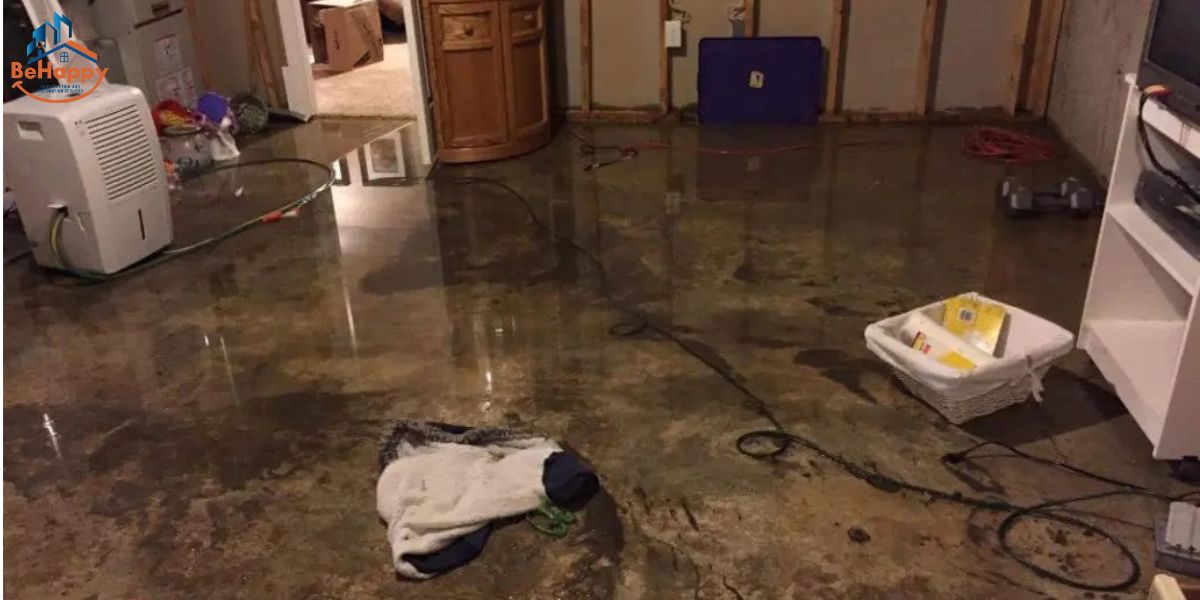Water damage can strike your home or business at the most unexpected times—burst pipes, roof leaks, appliance malfunctions, or flash floods can all turn a normal day into a stressful emergency. When it happens, time is of the essence. Acting fast can be the difference between a quick cleanup and long-term structural damage. This fast action guide is designed to help property owners respond swiftly and smartly. If you’re in need of Water Damage Restoration Dallas, understanding what to do within the first few hours can make all the difference in protecting your home, health, and finances.
Understanding the Impact of Water Damage
Water damage is more than just a wet carpet or stained ceiling. It can affect the very structure of your property, causing wood to rot, metal to rust, drywall to weaken, and mold to grow. Even a small leak, if left untreated, can lead to thousands of dollars in repairs over time. In cities like Dallas, where storms and plumbing issues are relatively common, residents must stay prepared to act quickly when water damage occurs.
The longer moisture remains, the more extensive the damage becomes. Within minutes, water can seep into flooring and walls. Within hours, materials begin to swell, and musty odors may develop. After a day or two, the risk of mold becomes significant, which adds health concerns to the list of problems.
Step One: Stop the Water Source
The first and most crucial step is to stop the water at its source. If a pipe has burst or an appliance is leaking, locate the main water shut-off valve and turn it off immediately. For leaks in the roof or around windows, try to contain the water with buckets or tarps until help arrives.
If the flooding is due to external causes like a storm, avoid entering the water, especially if it might be contaminated or in contact with electrical outlets. In these situations, safety should be your top priority. If necessary, evacuate the property and call emergency services.
Step Two: Ensure Safety and Turn Off Electricity
Water and electricity are a dangerous combination. Before you begin any cleanup efforts, turn off power in the affected areas of your home—if it is safe to do so. If you’re unsure or if the circuit box is in a flooded area, do not attempt to access it. Call a licensed electrician or emergency response team instead.
Also, be cautious of slipping hazards, weakened flooring, or ceiling collapse due to water saturation. Keep children and pets away from affected areas until it’s safe.
Step Three: Call a Professional Restoration Team
Once the immediate dangers are managed, contact a professional restoration company. Time is critical, and the faster you bring in experts, the more you can save in damages. Companies like Be Happy Restoration Services specialize in emergency water damage response, using commercial-grade equipment and trained technicians to evaluate, extract, dry, and repair water-affected areas.
Professionals follow a step-by-step process that includes moisture detection, water extraction, drying and dehumidifying, sanitizing, and restoring damaged materials. Their goal is not just to clean up visible water but to prevent hidden damage and potential mold outbreaks.
Step Four: Document the Damage for Insurance
Before you begin any cleanup, document the damage thoroughly. Take clear photos and videos of every affected area, including personal belongings, furniture, flooring, walls, and appliances. This documentation is crucial for insurance claims and will help validate the extent of your loss.
Contact your homeowner’s insurance provider as soon as possible. Many policies cover water damage, depending on the cause, but having prompt, clear evidence makes the claims process smoother and more successful.
Step Five: Begin the Drying Process
Even before the professionals arrive, you can help speed up the drying process. Open windows and doors to increase ventilation, use fans if you have them, and try to remove excess water with towels or a wet/dry vacuum. Just be sure you’re not working in areas where electricity hasn’t been shut off.
Removing wet items such as rugs, cushions, or clothing can also prevent additional water absorption. If items are salvageable, move them to a dry area and allow them to air out. Quick drying is one of the best defenses against mold, which can begin to develop within 24 to 48 hours.
Step Six: Address the Root Cause
After cleanup, it’s critical to understand what caused the water damage in the first place. Was it an old pipe that finally burst? A roof in need of repair? Or poor drainage around your foundation? Once the source is identified and fixed, you can take steps to prevent similar incidents in the future.
Preventative maintenance—such as regular plumbing inspections, roof assessments, or sealing foundation cracks—can go a long way in protecting your home from repeat water damage.
Why Professional Restoration Matters
Many homeowners underestimate the scope of water damage. Even when surfaces appear dry, hidden moisture may linger inside walls, flooring, or insulation. Left untreated, this moisture can lead to mold growth, structural weakening, or long-term odor problems. That’s why bringing in a team experienced in Water Damage Restoration Dallas services is so important.
Professionals use thermal imaging, moisture meters, industrial fans, and dehumidifiers to ensure every part of your home is truly dry. More importantly, they follow industry protocols to handle contaminated water, dispose of unsalvageable materials safely, and restore your space to pre-loss condition.
Common Mistakes to Avoid
When faced with water damage, many homeowners make the mistake of waiting too long to act or attempting DIY repairs without the right tools or knowledge. Some even paint over stains or use air fresheners to mask odors without addressing the root cause. These shortcuts not only fail to solve the problem but often make it worse over time.
Another mistake is assuming that everything is fine once the water is gone. Remember, drying and sanitizing are just as important as extraction. Skipping these steps can leave behind moisture that breeds mold and bacteria.
Choosing the Right Restoration Partner
In a situation as urgent as water damage, choosing the right restoration team matters. Look for a company that offers 24/7 emergency services, fast response times, and certified technicians. Reviews, referrals, and accreditations (such as IICRC certification) are good indicators of quality.
For reliable and experienced service, Be Happy Restoration Services has built a strong reputation in the Dallas area. With a focus on quick response and complete restoration, their team ensures that your property is safe, dry, and back to normal as soon as possible.
Conclusion
Dealing with water damage can be overwhelming, but knowing how to respond can make recovery faster and easier. By following this fast action guide, you can reduce damage, protect your home, and minimize health risks. Whether it’s a minor leak or a major flood, the steps you take in the first hours are crucial.
When it comes to Water Damage Restoration Dallas, don’t delay—act fast, stay safe, and call professionals who can handle the job with care and efficiency. The sooner you respond, the better your outcome will be.


